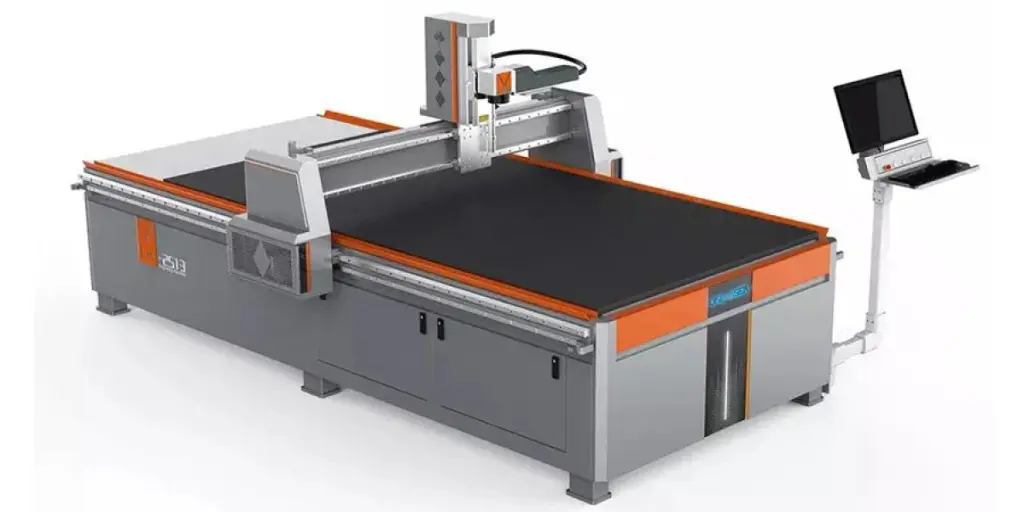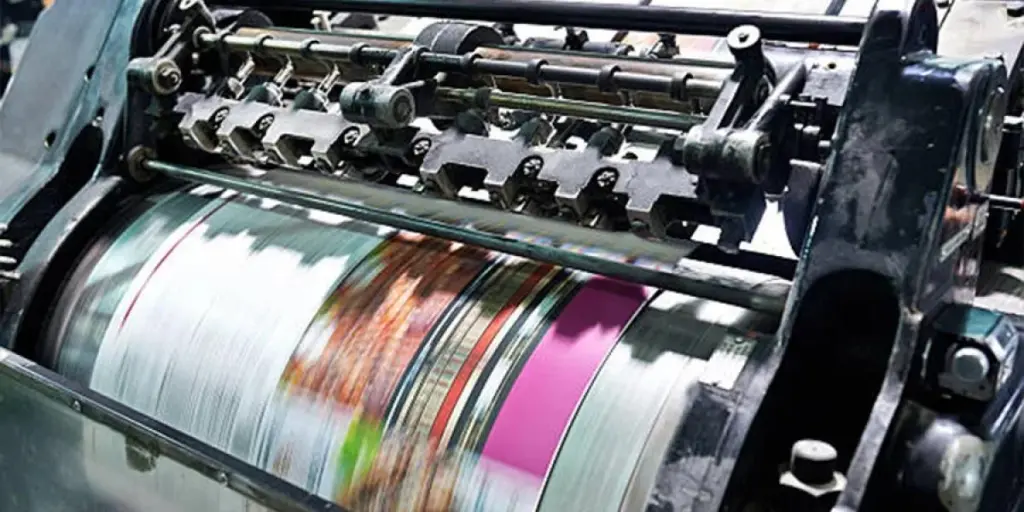Introduction
CNC stands for Computerized Numeric Control. CNC machining centers are machines that leverage technology to machine workpieces. They feature technological advancements in their operation for ease of use as well as achieving precision in machining. This article will address the CNC machining center market share and demands. It will also look at the types of CNC machining centers available and what to watch out for when shopping for one.
Table of Contents
Demand and market share for CNC machining centers
Factors to consider when buying a CNC machining center
Types of CNC machining center
Target market for CNC machining centers
Demand and market share for CNC machining centers
As of 2021, the global market share for CNC machining centers was US$ 83.99 billion. Current market trends indicate that companies embrace machining centers due to their accuracy. There is also a surge toward adopting this new technology in industries, mainly the automotive and pharmaceutical. Moreover, the move toward mass production is seen as a catalyst in demand for CNC machining centers. With the Internet Of Things (IoT) sweeping across the globe, access to real-time information is yet another driving factor for the preference of CNC machining centers. Right now, 31% of equipment processing incorporates smart devices.
Factors to consider when buying a CNC machining center
Listed below are important factors that businesses ought to consider when purchasing a CNC machining center.
Machine capacity
While a machine can use one tool for machining comfortably, businesses can consider using several smaller tools to improve efficiency. Large tools need hoists to move them, while small tools do not. Attaching three tools instead of one could mean more time saved in machining. At the same time, some machines such as the Steckermachine have a tool capacity of between 20-60 tools. This can easily be expanded to 100-200 tools depending on the complexity of the part.
Tool material
Tool materials can determine the tool’s life because a tool can be made from different materials, which equate to different performances. A PCD-tipped tool is 25% faster than a solid carbide tool. Its tool life is four times that of solid carbide and can be retooled many times. It is, however, expensive. Businesses that can use steel tools will drop the cost of operation by 75%. Other tools to be considered are speed steel or carbide tipped, much cheaper tools.
Combo possibilities
Having a tool with multiple features can save time and money. Instead of changing a tool five times and making five passes, one tool that can machine five different ways will reduce operating costs. At the same time, the cost of multiple feature tools may amount to US$ 3000, but they are worth considering.
Production volume
The volume being processed will determine the type of tool used. High-end tools come in handy when the volume is increased. They can produce good quality machining for a long time. Low-end tools can be used if the volume of the work is low.
Workpiece material and features
The workpiece material will determine the type of CNC machine to be used. For example, the Stecker machine is excellent for grey iron, ductile iron, and aluminum. Therefore, a business should consider the type of material they will be processing before making a purchase.
The spindle
It is the part that helps in machining. The spindle is essential because of the speed it can achieve. Some spindles can spin at 24,000 rpm, increasing the accuracy of a workpiece, a factor that businesses should determine before choosing a machining center.
Precision level
Depending on the requirement of the work, some machining centers are more precise than others. The machine accuracy for milling is 6.3-1.6 μm. The milling accuracy is the rotation of a multi-cutting blade on a workpiece. Planing is a cutting method that horizontally reciprocates the workpiece. The surface roughness of planing precision is 3.2-1.6 μm. Businesses should determine the level of precision required for their orders while making a purchase.
Types of CNC machining centers
There are four types of CNC machining centers, as listed below.
Vertical machining center
The vertical machining center features a vertical structure from where the workpiece can be clamped.
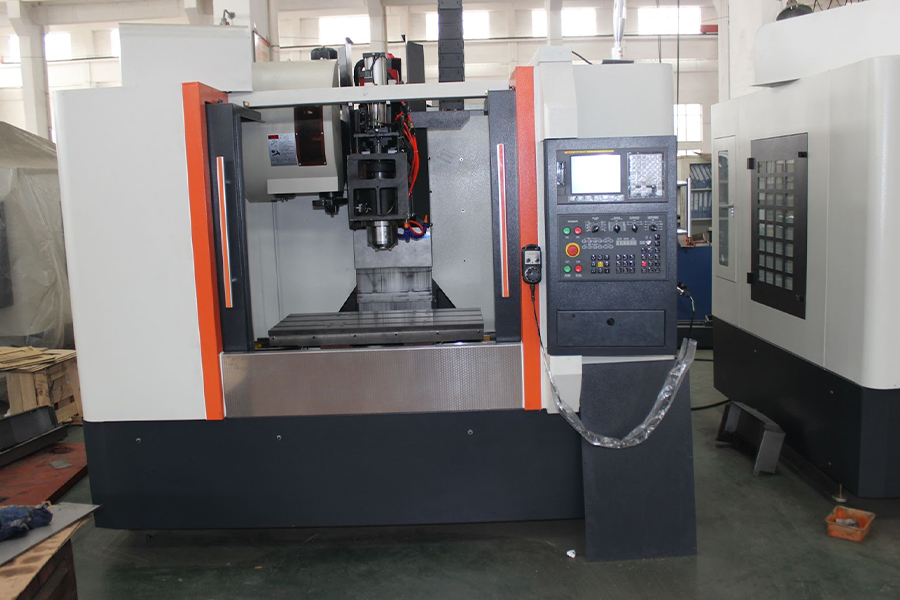
Features:
- It has three linear motion coordinates and a horizontal axis.
- It has a rectangular worktable and a fixed column structure.
Pros:
- It has a simple structure and is easy to operate.
- It has a wide array of applications.
- It is not costly.
Cons:
- Parts that are too high cannot be processed.
- Chips are not easy to remove during processing due to height limitations.
Horizontal machining center
The horizontal machining center uses a spindle parallel to the floor for machining.
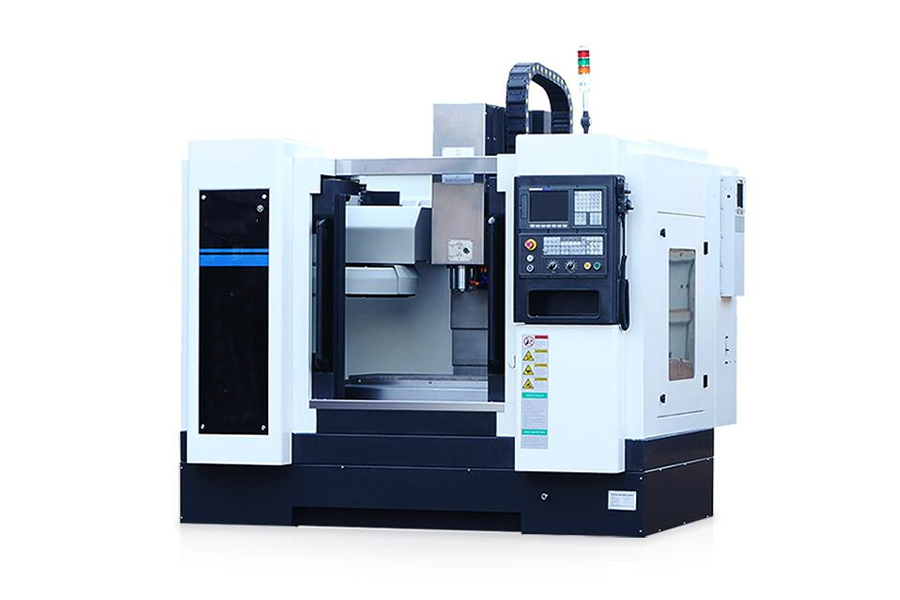
Features:
- It has a movable column and a worktable that performs rotation motion.
- It has three linear motion coordinates.
- It processes parts such as spiral and cylindrical cams.
Pros:
- It is easy to remove chips.
- It is easy to operate and maintain.
Cons:
- Inconvenient to monitor while machining.
- Difficult to clamp and measure parts.
- Difficult to observe during debugging and trial cutting.
Gantry machining center
The gantry machining center comprises two columns, beams, saddles, and other components.
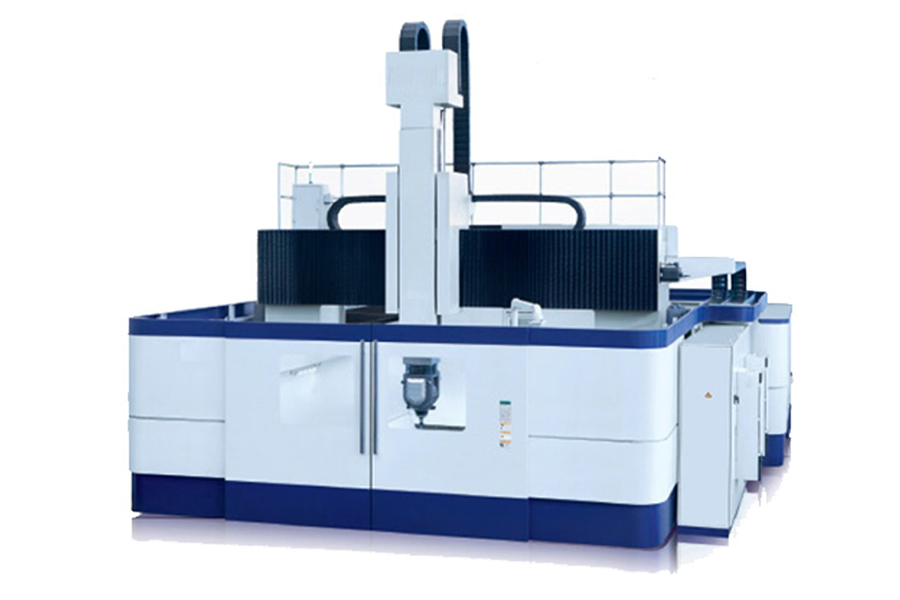
Features:
- It has the spindle and worktable in a vertical state, suitable for processing large parts.
- It has an automatic tool changer and replaceable spindle attachments.
Pros:
- It is suitable for processing large and complex parts, e.g., frames and wall panels for aircraft.
- It has high processing precision and adaptability.
Cons:
- It is costly to acquire and maintain.
- It requires skillful personnel to operate.
Universal machining center
The universal machining center is five-sided and has capabilities of horizontal and vertical machining centers.
Features:
- It has a spindle that can be rotated 900 to work either horizontally or vertically.
- The worktable also rotates horizontally with the workpiece to achieve five-sided machining.
Pros:
- Machining can be done on five sides in a single setup, reducing setup time.
- It can use shorter tools because the tool holder can be tipped away from interfering surfaces.
- It is very precise and highly productive.
Cons:
- It is relatively complex to operate and requires skillful labor.
- It is costly to acquire and maintain.
Target market for CNC machining centers
CNC machining centers are forecast to account for US$ 128.41 billion by 2028, with a CAGR of 6.3%. This growth is expected because of an inclination towards industry efficiency and precision. The Asia Pacific region will have the highest growth, followed by the North American region and Europe. Asia Pacific region’s population is already swelling, providing a good market for CNC machining centers. The Middle East and African regions will exhibit the most negligible growth despite the increasing industrial adoption of CNC machining centers.
Conclusion
Selecting CNC machining centers goes beyond having a look at them. Consideration of current market trends and the growth projections are essential aspects. As we have seen, demand for CNC machining centers is distributed differently across regions. In addition, we have analyzed the four types of CNC machining centers, their features, pros, and cons. Visit the CNC machining centers section of Alibaba for more information on specific machines.


